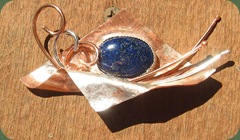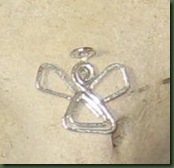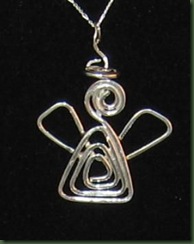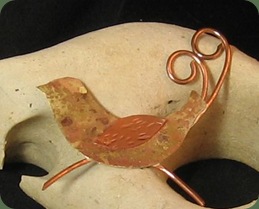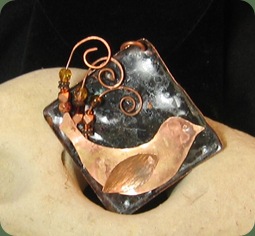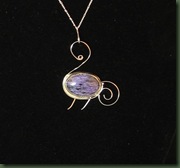My post today has nothing to do with design, creativity or the ranch. It’s just something important to me that I needed to write.
It has been ten years today since my father passed and this time of the year always brings back pleasant thoughts of him. I’m not sad, just pensive as I remember little things like the time I was working in the adjoining kitchen of his house and there came a big thud. I looked around and there was Papaw upside down in his easy chair saying “did you know this chair would turn over?” I can still see the expression on his face.
For a long time after his death, my mother kept telling me it felt as though there was someone in the house with her. I chalked it up to loneliness and wishfulness, but then a little bird made me feel differently. The day prior to the first anniversary of my dad’s passing, a little bird got into Mother’s house. She tried to get it out, but had no luck and finally, when it flew into her sewing room, she simply closed the door and left it. The next day, a man who helped out came by and Mother asked him to remove the bird. Determined, he went into the sewing room and closed the door. After considerable time, he and the bird immerged. He said that it was a very smart little bird and that it had been hard to catch. Finally, he took a blanket and threw it over the little guy to nab it. He removed the bird from the house and let it fly.
I believe occurrences like the little bird in the house only have special meaning if you let them. I’m the type who tries to explore the depth of an occurrence. After the little bird left Mother’s house, she never again felt that there was someone in her home. It was as though the bird represented a spirit that had watched over her long enough and was then released to fly where it was meant to go.
Over the past ten years memories have served my mother and I well and will continue. As Carmen Agra Deedy said in her book The Last Dance, “those we love are never really gone as long as we tell their stories.” I plan to continue doing just that.

